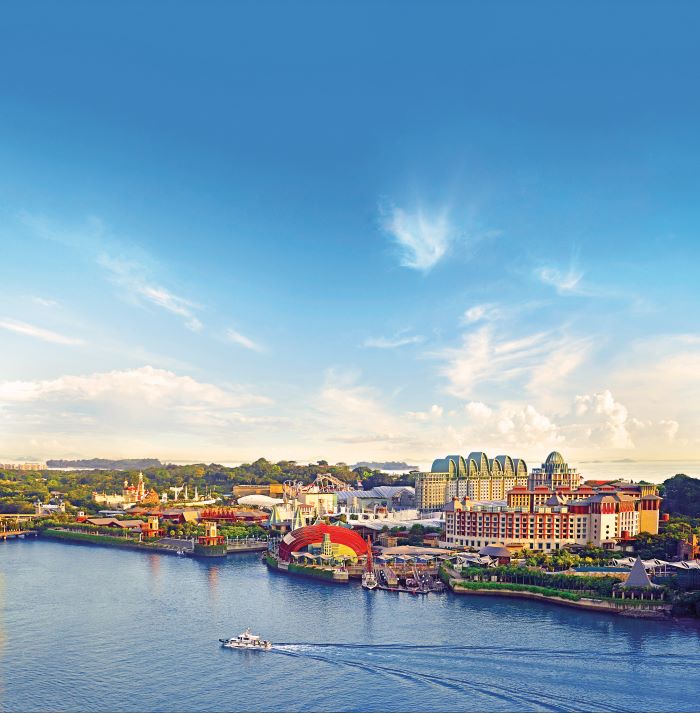Following travel boom in India post-COVID, hotels are constantly ad-justing to needs of domestic travellers, avers Nirav Akshay Oza.
India’s hospitality sector is undergoing a significant shift in travellers’ preferences, as more people opting for domestic travel due to COVID’s impact on international journeys. As a result, hotels are adapting to cater to the evolving needs of domestic travellers. The Indian Tourism Statistics 2023 report reveals that domestic visitors constituted about 87 per cent of all tourists in India in 2022, a trend expected to continue in 2023. The report also estimated around 2.4 billion domestic tourists in 2022, marking a 27 per cent increase from the previous year. Factors such as rising discretionary income and a growing middle class have made travel more accessible, fuelling this surge in domestic travel, the report suggested.
To accommodate the increase in domestic travellers, India’s hotel industry has made several adjustments. A recent HVS ANAROCK report projects the Indian hotel market to grow at a CAGR of 10.8 per cent between 2023 and 2027. In 2022, Indian hotels experienced an overall occupancy rate of around 55 per cent, a significant improvement from the previous year’s 37 per cent. The average room rate for hotels in India was approximately `6,500 in 2022, with a predicted CAGR of 2.7 per cent from 2023 to 2027. To cater to the growing number of domestic travellers, hotels in India are employing various strategies, such as:
- Affordable accommodation: Budget hotels have gained popularity among millennials seeking authentic experiences over luxurious amenities. These hotels provide essential services such as Wi-Fi, air conditioning, and toiletries, as well as breakfast and other meals. By offering clean rooms, friendly service, and convenient locations, many budget hotels successfully deliver a comfortable and enjoyable stay for guests.
- Hygienic and safe accommodation: COVID has heightened travellers’ awareness of hygiene and safety. Hotels have implemented stringent safety protocols and hygiene standards to ensure guests’ well-being. Measures include regular cleaning and sanitization of rooms and public areas, contactless check-in and check-out, temperature checks, and increased availability of hand sanitizers and other disinfectants.
- Local experiences: Domestic travellers increasingly seek unique experiences that showcase local culture and traditions. To meet this demand, hotels offer activities such as culinary tours, heritage walks, and cultural shows. These immersive experiences provide travellers with a deeper understanding of the places they visit, making their trips more memorable.
- Digital transformation: COVID has accelerated the adoption of digital technology in the hotel industry. Enhancing guest experience and safety, hotels have introduced digital solutions such as contactless check-in and check-out, digital menus, and mobile payments. These technologies offer guests greater convenience and flexibility while streamlining hotel operations and reducing costs.
- Wellness and sustainability: With growing emphasis on health and sustainability, hotels invest in facilities and services that promote well-being and environmental responsibility. This includes fitness centres, spas, healthy dining options, and eco-friendly practices such as water and energy conservation, waste reduction, and locally sourced materials.
In conclusion, India’s hotel industry is evolving to meet the needs of domestic travellers. As domestic travel continues to drive the growth of the hotel sector in India in 2023 and beyond, hotels that provide affordable, safe, and unique experiences will thrive in this new era.









